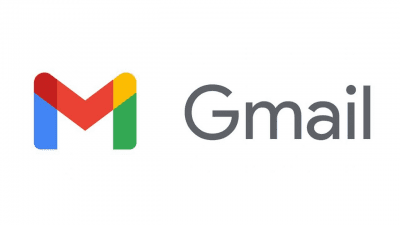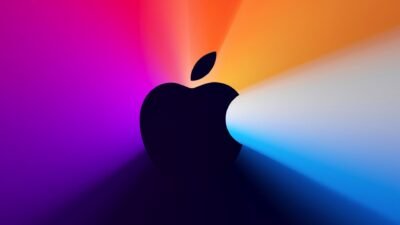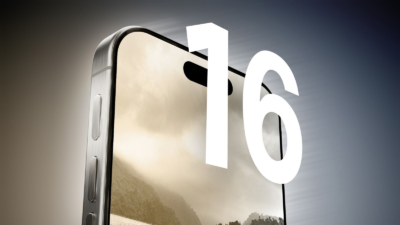Google Pixel 8 might utilize the staggered HDR tech support

For long Google has offered an HDR+ photography feature as a tentpole mode on its phones. Both Nexus, as well as the Pixel line, are based on this multi-frame HDR solution. This technology enhances the dynamic range and lessens the ghosting while capturing regular snaps. As of now, Kuba Wojciechowski, tipster, and developer, has shared some references that point to the 2023 Pixels receiving staggered HDR support. Kuba Wojciechowski deeply explored the Google Camera Go app and found the indications of the feature for future devices.
In addition to this, the tipster technically notes that the ISOCELL GN1 by Samsung utilized in the Pixel 6 and Pixel 7 series doesn’t support staggered HDR. Where the ISOCELL GN2 offers this feature. Thus, pointing out that the main camera upgrade will be included for the Pixel 8.
The original HDR+ solution by Google has undergone a series of short exposures. However, the company swapped to HDR+ with grouping from the Pixel 5 and 4a 5G onwards. The tech relies on five short exposures followed by the shutter press and long exposure when the shutter button is pressed.
In the meantime, Samsung’s most recent take on HDR photography is staggered HDR. In quick succession, the tech captures three individual exposures i.e., short, medium, and long. These exposures are then combined for the final photo. It appears that Google’s HDR+ solution is lacking medium exposure.
At the launch of GN2, Samsung mentioned that staggered HDR is capable of bringing rich details as well as vibrant colors in contrast to the GN1’s real-time HDR mode. Furthermore, it was stated that the latest tech reduces energy consumption by 24%. Furthermore, the company detailed that the staggered HDR is robust compared to traditional HDR solutions.
Speed is very important for HDR capture. The speed improvements in the latest tech will help decrease ghosting and processing time. So, we can say that the Pixel 8 could provide more effective, high-quality HDR shots if it is based on this solution.
Anyways the footnote here is that Google might update the main camera sensor given the Pixel 8 series. Using the Isocell GN2 will help improve the low-light performance. It is due to the Dual Pixel Pro-tech that provides big pixels and enhanced autofocus.
Research Snipers is currently covering all technology news including Google, Apple, Android, Xiaomi, Huawei, Samsung News, and More. Research Snipers has decade of experience in breaking technology news, covering latest trends in tech news, and recent developments.












